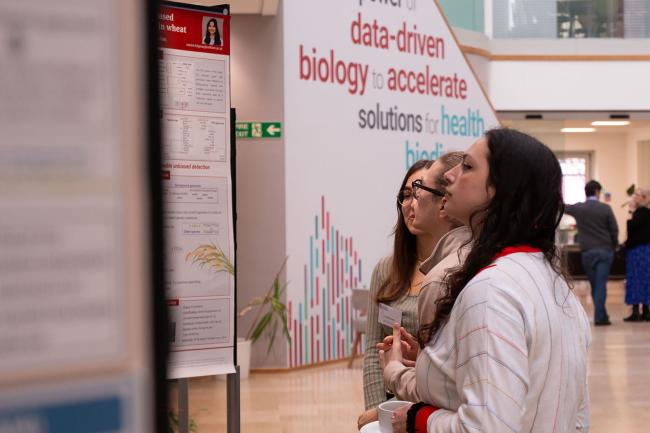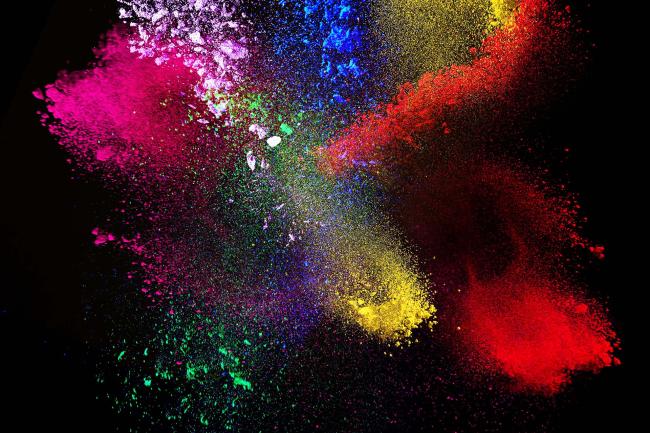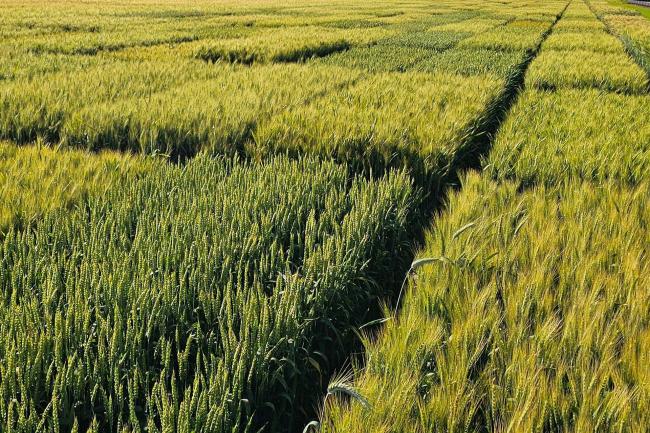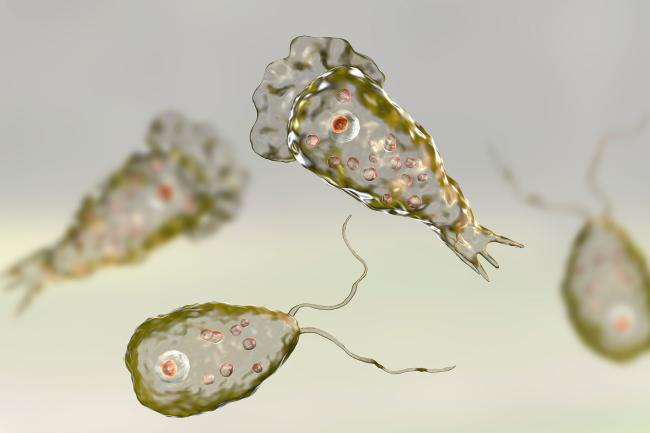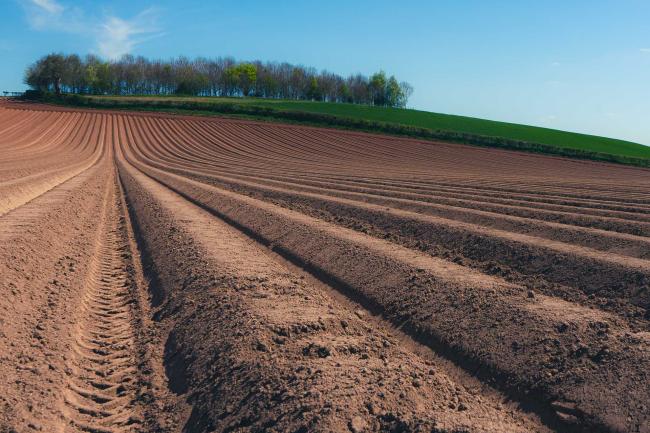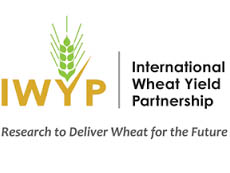Improving photosynthesis to increase wheat yield
Exploring the diversity of wheat to discover how more efficient photosynthesis can increase yields in our elite wheat lines.
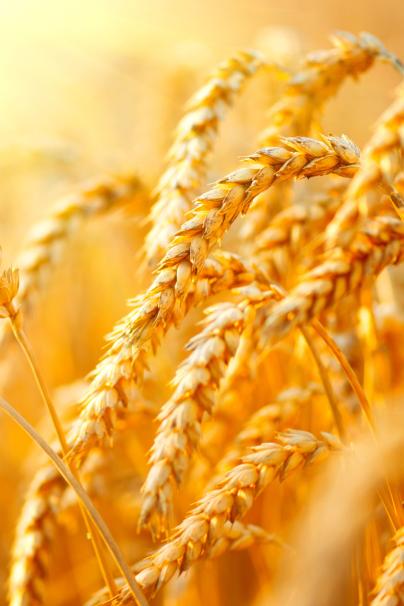
Wheat yield must increase by 1.6% each year to ensure that we can continue to feed a rapidly expanding global population that is expected to reach upwards of 9.6 billion people by 2050. To ensure that this is possible, researchers are exploring every possible avenue when it comes to producing ever more robust and high yielding wheat varieties.
One route to increase wheat yields is to improve photosynthetic efficiency, which despite its importance to plants is actually one of the most inefficient biological mechanisms on earth. It may be possible to improve our elite wheat lines by searching for the genetic markers and genes that are associated with an improved photosynthetic efficiency in diverse lines of wheat.
If these markers can be found, then this knowledge can be used to introduce greater photosynthetic efficiency in our elite wheat lines, while increasing our general understanding of the processes involved that might also improve our ability to use precision genome engineering methods going forwards.
Photosynthesis is responsible for more than 90% of all biomass on earth, yet as a process it is relatively inefficient. Experiments show that when photosynthetic efficiency increases, for example in a CO2 enriched environment, crop yields also increase - outside of other limiting factors.
Photosynthesis is so inefficient because of the nature of RUBISCO, the enzyme that helps convert CO2 to sugar. At the same time CO2 is being fixed, the exact opposite is happening due to a process known as photorespiration which uses up O2, which means that the maximum theoretical efficiency for wheat is about 4.5%. Currently, most lines average at less than 1%, suggesting that there are many areas where we could improve photosynthesis and significantly increase yields.
Photosynthetic efficiency is a complex trait and shows variation between different wheat lines - variation that, until now, has been largely unexplored in relation to crop improvement. Thus, if we can find the genetic markers associated with increased photosynthetic efficiency in a variety of wheat lines, we will be better equipped to introduce these characteristics into our elite varieties of wheat to increase yields.
The following are the collaborators for this project;
Martin Parry, Lancaster University
Elizabete Carmo-Silva, Lancaster University
Matthew Reynolds, CIMMYT
Sivakumar Sukumaran, CIMMYT
Robert Furbank, Australian National University
John Evans, Australian National University
Food security is one of the grand challenges facing us, one that is even more stark in the face of a population racing to 10 billion amidst a rapid rate of climate change.
As one of the staple crops underpinning food security and global civil society, improving wheat is absolutely crucial - and increasing photosynthetic efficiency is a strong candidate for increasing wheat yield worldwide.



